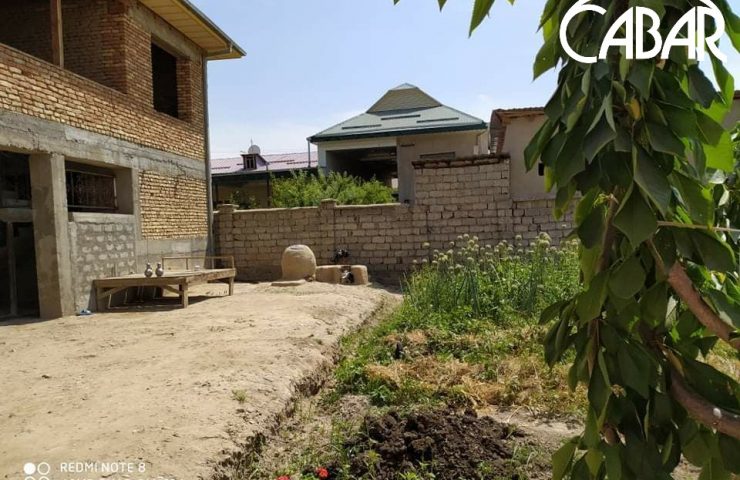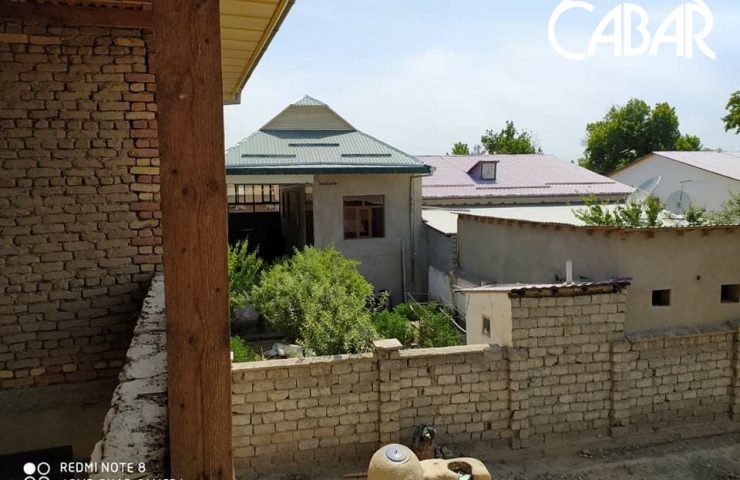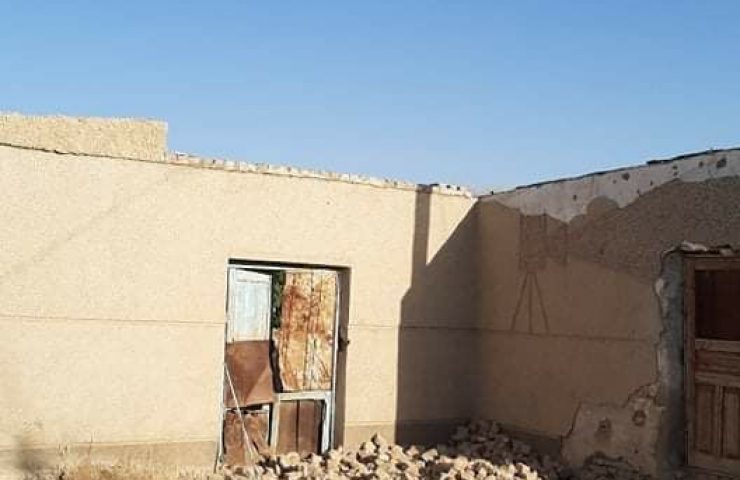Residents of Uzbek rural areas lack cultural centers.
Subscribe to our Telegram channel!

Probably, only the older generation of Central Asians now remembers what rural clubs are. Young people refer to a “club” with a completely different meaning, such as golf or tennis clubs, clubs for rich people, etc.
However, the older generation of the rural residents of Uzbekistan nostalgically recall the times when each village had its own Houses of Culture or, as they were called then, the ‘clubs’ where villagers spent their time, enlightened and joined the global cultural trends.

Residents of the Fergana and Surxondaryo regions complain that, unfortunately, such places were neglected in recent years. Most of them fell into disrepair. Clubs and Houses of Culture were privatized in many villages to become wedding halls, cafes or restaurants. Some of them are so shabby that people are afraid to go inside. Disrepair and mold are destroying the once crowded places where the sounds of music and kids’ laughter could be heard.
Old residents of the Fergana region say that rural clubs used to be the best meeting place for young people. They nostalgically recall the times when the village clubs were crowded, and held such contests as “Balli, yigitlar!”, “Iqbol”, “Quvnoqlar va zukkolar” [traditional Uzbek entertainment contests – Tr.], where young people showed their talents.
“Previously, every village held joyful cultural and educational events. We listened to the voices of our favorite artists here… Over the years, the clubs were left without attention,” says the labor veteran Odil Karimov, resident of Gul village in Uchkuprik district of Fergana region.
In 2007, the club’s two-story building in Gul village was sold. Currently, a cafe is built on the location of the previous cultural center of this village.
“Any event in our village was connected with this building. We often met here, arranged meetings. In short, the club was the center of all events in our village,” says the veteran. “Now, when the population of the village has grown to 30,000 people, it is surprising that in such a large area there is not a single cultural center.”
An entrepreneur bought a place that used to be rural club in the Gul village of Uchkuprik district of Fergana region and built a cafe here.
The older generation from the Surxondaryo region also nostalgically recalls the times when clubs played an mportant role in the cultural education of rural residents. Here, the movies were screened, there was a library, concerts and educational trainings were held.

“I remember very well the days when artists came from the country’s center and the whole village gathered in the House of Culture. We spent all our free time here. It is impossible to imagine one’s life without education and culture. Everyone then read at least one interesting book,” says Sabir Shohimardonov, resident of the Oltinsoy district of Surxondaryo region.

Currently, there are more than 3.5 thousand households in this mahalla. Most of the 18 thousand residents are young people. “Such cultural centers are very necessary for educational purposes, to guide young people, to protect them from the harmful influences of various alien ideas, to improve the intellectual atmosphere in families, as well as for cultural recreation of the villagers,” Shohimardonov said.
Unfortunately, most of the clubs are either completely destroyed now, or the land on which they were located was privatized; entrepreneurs built stores or cafes there.
Famous singers sang their songs live on the stages in rural clubs, and Uzbek poets read their works.
Shohimardonov says that the villagers came to the club with their families on weekends, watched the masterpieces of world and Uzbek cinema on the big screen, and then returned home with received aesthetic pleasure from cultural and entertainment events.
Unfortunately, this is the distant past. Shops, cafes and restaurants were built instead of clubs. Some land became the sites of the residential buildings’ construction. The remained buildings of those clubs have fallen into disrepair.

The location of the rural club in Buyuk Ipak Yuli mahalla of Denau district, Surxondaryo region. Today, houses and shops are built here.
The location of the former rural club in the Yoshlik village, Denau district, Surxondaryo region. Local residents built their houses here.

Abandoned club in the Farid Iraev village of the Kumkurgan district, Surxondaryo region.

The club in Bagaro mahalla in the center of Kumkurgan district. It is still the cultural center. This is a rare exception to the situation.
The same situation is observed in many other rural clubs in remote regions of Uzbekistan. Of course, due to the population’s growth, vacant land is allocated for the houses construction. However, the lack of places to spend leisure time for young people will not lead to good. As various studies show, one of the reasons for the radicalism level growth among young people in Central Asia is not only a lack of religious and secular knowledge, but also the lack of cultural and educational events and places for them. The cultural centers, such as the rural clubs used to be, can make up for this.






